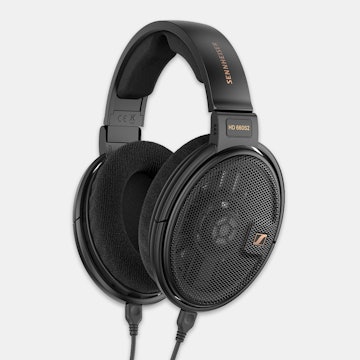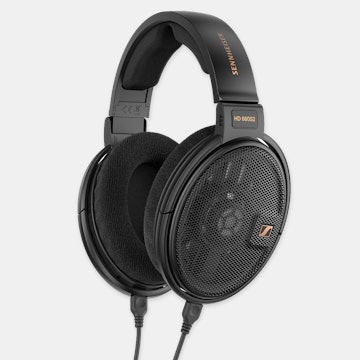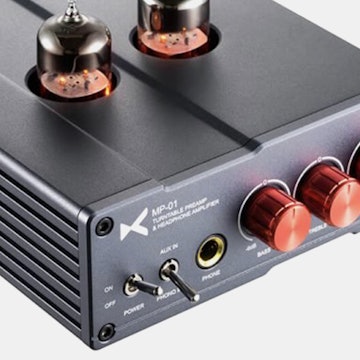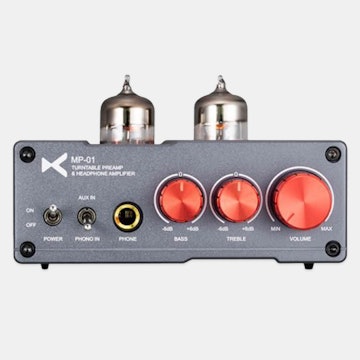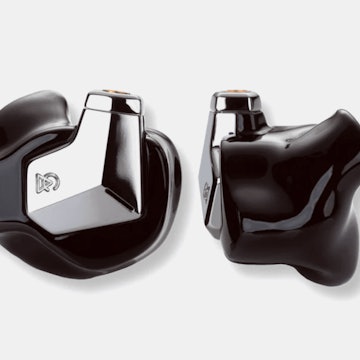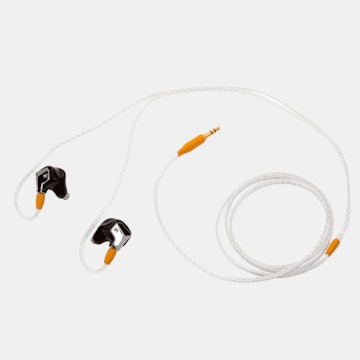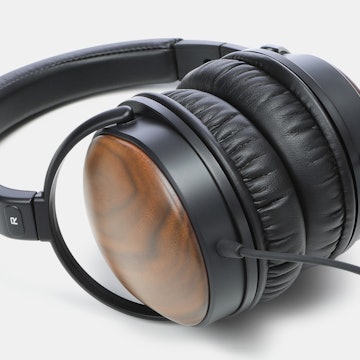Click to view our Accessibility Statement or contact us with accessibility-related questions





Showing 1 of 6 conversations about:
Pafkata
40
Feb 4, 2022
bookmark_border
Am I the only one who is waiting for measurements and who thinks EVERY company should include one?
mensrea
11
Feb 5, 2022
bookmark_border
PafkataI think the problem will be the graphs wouldn’t be standardized across products from different manufacturers and of course bias would come into play. I generally ignore the graphs if any are included in the package and instead rely on independent sites and reviewers for that data.

iNViSiBiLiTi
82
Feb 6, 2022
bookmark_border
PafkataCrinacle has them already. The Opera looks looks like a joke, the Sonata seems average for a dead neutral tuning.

jsmiller58
804
Feb 9, 2022
bookmark_border
PafkataYeah, check it out on Crinacle’s site. Wow, just wow. If you are into Harman tuned, or even IEF tuned IEMs, then keep on looking. For those who will emphatically state that frequency response is not the end-all be-all, you are right, but it does give you a good idea of the tuning of the IEM. After looking at the graph, all I can say is WOOF!
If it means anything to anyone, Crinacle gave these a D+ rating. Yeah. WOOF!
(Edited)
Pafkata
40
Feb 9, 2022
bookmark_border
jsmiller58Frequency response graphs are important for me. I know that I hate most elevated treble curves/peaks, so in my case this info is vital, but for some it doesn't matter much, I agree. For me, it tells whether I should spend my money on it at all, plus, it makes companies look good and confident at the very least. It's like selling a chopper and not specifying the watts or something.

jsmiller58
804
Feb 10, 2022
bookmark_border
PafkataI agree completely with you! That’s why, at least for me, I now always look at FR curves before considering buying an IEM or headphone. I MAY NOT LIKE the sound even if the frequency response looks good to me, but so far I have NEVER LIKED the sound of an IEM or headphone that has a frequency response curve I think looks off based on what I do like. This is a lesson I have learned the hard way having purchased many, many headphones and IEMs without first looking at the FR curves…
(Edited)



